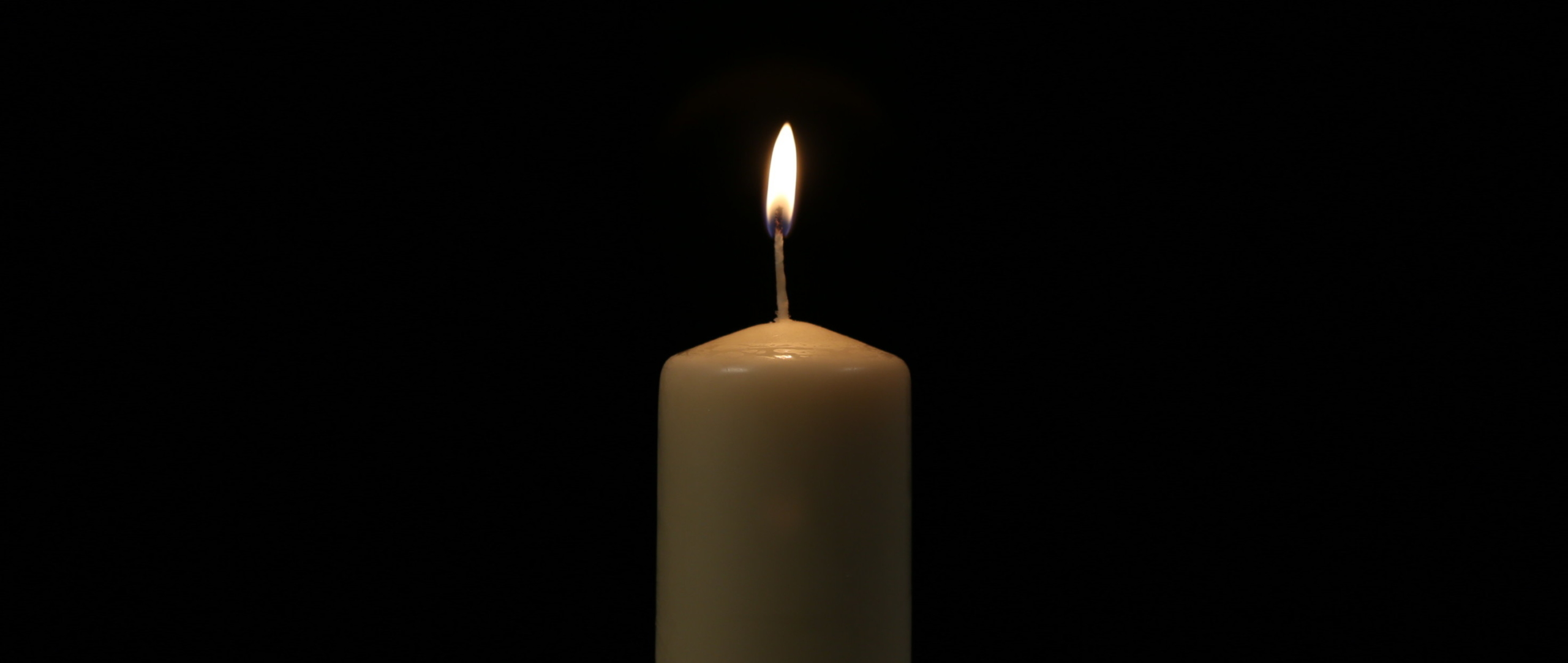
The Pakistani authorities must ensure a thorough, independent, and impartial inquiry into allegations that excessive force was used by the Punjab Police against doctors and medical students protesting a new qualification exam last month, said Amnesty International, after reviewing video footage of the protests.
Eyewitnesses told Amnesty International that dozens of police officers baton-charged, used water cannons, and an irritant spray to clear peaceful demonstrators at separate demonstrations in Lahore on 27 and 30 August. At least 20 protestors were reported to have been hospitalized following the incidents. Video footage reviewed by Amnesty International appears to show heavy-handed use of batons by police which may amount to excessive and illegal use of force.
“Attacking peaceful protestors who present no threat of violence with excessive force is grotesque, punitive, and a violation of the right to peaceful assembly,” said Rimmel Mohydin, South Asia Campaigner at Amnesty International.
Health workers have been on the frontlines of the pandemic, and at a time when they must be provided with support and resources, they are being attacked and sent to the hospital as patients
Rimmel Mohydin, Amnesty International’s South Asia Campaigner
“Health workers have been on the frontlines of the pandemic, and at a time when they must be provided with support and resources, they are being attacked and sent to the hospital as patients. The authorities must launch an immediate investigation into these serious allegations.”
“It felt like someone had set us on fire”
According to four protestors interviewed by Amnesty International, at least 20 doctors landed in the Intensive Care Units of two hospitals in Lahore. At least two of them are reported to have sustained bone fractures, while many are said to have suffered burns from an irritant that was sprayed at them by the police. Some reported facing respiratory issues from inhaling the spray. Although Amnesty International has been able to verify that a spray was deployed by police, the organization has not been able to confirm what the spray contained.
Dr Mudassar Malik, 24, one of the protestors who sustained grievous injuries on Friday, 27 August, said that after being sprayed directly on his face, he couldn’t breathe and began vomiting. He was rushed to the hospital by emergency services. “I could not open my eyes, it felt like someone had stuck needles in them,” he said.
Dr Akbar Ranjha, 25, another doctor present on Sunday, 29 August, when the clashes erupted, was also sprayed in the face and has a hairline arm fracture. A fellow protestor tried to douse him with water, which made the burns worse. While the police have been quoted in media reports as saying that they used pepper spray, Dr Malik said, “We are doctors. We know that water can relieve the burns from pepper spray. This was not pepper spray. It felt like someone had set us on fire.”
Dr Mahnoor Lodhi, 23, said that the campaign against the exam had been ongoing for the last four months and had been proceeding peacefully. Present at the protest on Friday, 27 August, she was hit on the arm with a baton, before being hit by a water-cannon. “It was supposed to be a peaceful protest. Even if my physical injuries heal, I don’t know how to fix the mental trauma this has caused,” she said.
It is worrying that despite so many people sustaining injuries during the protests, no formal enquiry has been launched by the authorities into the incident even after 11 days
Rimmel Mohydin
“It is worrying that despite so many people sustaining injuries during the protests, no formal enquiry has been launched by the authorities into the incident even after 11 days. Authorities must seriously scrutinize the policing of protests. From the accounts of the victims, it is unclear if the police attempted to de-escalate tensions and use alternatives to force, to manage the situation,” said Rimmel Mohydin.
Amnesty International calls for the use of excessive force by the police to be thoroughly, immediately, and impartially investigated. If excessive force is found to have been used, the perpetrators must be held to account for violating the right to freedom of peaceful assembly, guaranteed by Pakistan’s constitution and international human rights law.
Background
The students and doctors were protesting a new compulsory exam to register with the Pakistan Medical Council, previously reserved for students who received their MBBS degrees from foreign universities.
On 6 April 2020, 53 doctors and other health workers protesting the lack of resources, personal protective equipment (PPE), and security from the government in Quetta were baton-charged, arrested, and then detained in police stations. While the doctors were released within 24 hours, it is unclear if this incident was ever investigated.
Law enforcement authorities have a duty to facilitate peaceful protests, and should not disperse a demonstrations or arrest protestors merely to regulate traffic. Under the UN Basic Principles on the Use of Force and Firearms by Law Enforcement Officials, police may only resort to force for a legitimate law enforcement purpose and may not use more force than what is needed to achieve this objective. If resorting to the use of force, they must minimize harm and injury, and should never cause more harm than they want to prevent. This means that they should never use weapons likely to cause injury against people who are only peacefully resisting.

0 Comments